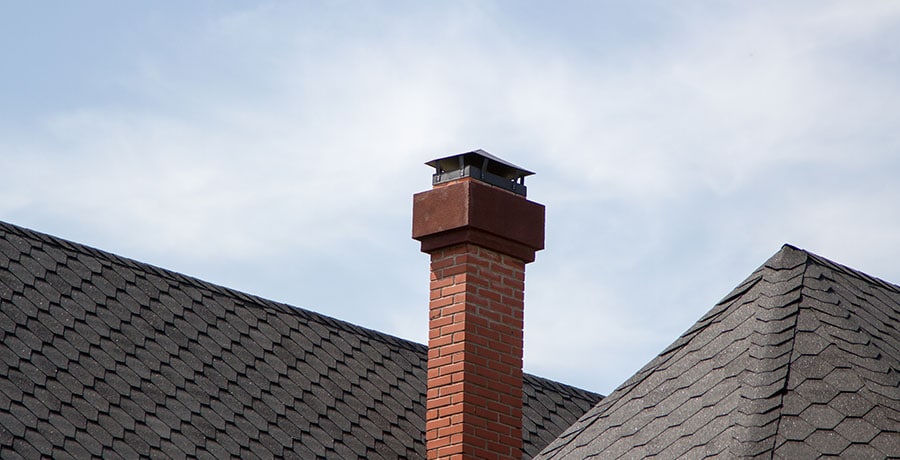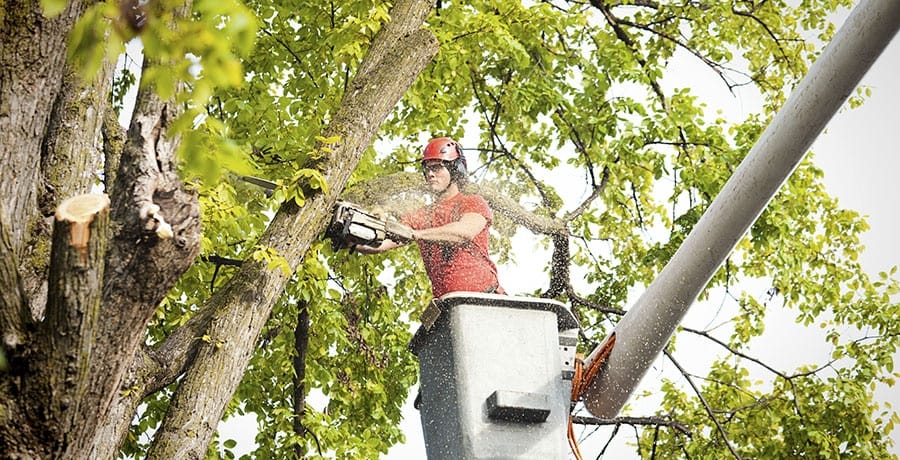Chimneys are a great asset for people and they last for years. But sometimes you might also need chimney repair. Here is everything you need to know about tuckpointing a chimney.
What Is Chimney Tuckpointing?
Chimneys are mostly made out of fire bricks or mortar, and while it looks beautiful and appealing for potential buyers of the house, the mortar joints of the bricks can get damaged due to severe weather and wear. These joints are what hold the chimney upright and hold its structure in place. This is why these joints are highly important to be repaired immediately otherwise the whole chimney can come crashing down. That’s the reason why tuckpointing is done on chimneys.
Tuckpointing is a very easy technique to rectify this situation and make the chimney ready for use for even more years to come. Tuckpointing is done on the mortar joints of the chimney and it is a strengthening technique that can strengthen the mortar and hold the bricks in place.
How Is Chimney Tuckpointing Done?
Here is a step-by-step guide on how to get tuckpointing done and how it adds strength to your existing chimney.
- First, the existing and decaying mortar is chipped off or ginded off from the chimney surface and it is done to a uniform depth.
- After this, a solution of red mortar is made and the thickness is very important to get right. Too runny and the chimney will not be able to hold its shape and it will also weaken the structure. The consistency should be just right and pliable.
- The grooves that you made by grounding down the old mortar will be filled with the new red mortar.
- To give the new mortar its characteristic gap, the mortar is chipped off in straight lines to give off that chimney brick gap look to the entire surface.
- One thing to keep in mind is the fact that you need to match the color of the mortar with the existing mortar that you are removing, this will make sure that the chimney is not mismatched and the end results will also look great when it is done.
- Afterward, just let the mortar dry and you are good to go.
Why Is Tuckpointing Needed For Chimneys?
Chimneys that are made out of bricks can last for years upon endless years, but mortar has a shorter life span than bricks and it only lasts for a couple of years maximum, depending on the severity of the weather situations. Moisture and water are the biggest enemies of mortar and this can really weaken the mortar structure of the chimney. This is why tuckpointing is done in order to give mortar more strength and make it durable for years.
Benefits Of Tuckpointing A Chimney
Here are some amazing benefits of tuckpointing a chimney.
- Tuckpointing is a much less expensive alternative to repairing a chimney. It takes about a fraction of the cost of completely repairing a chimney.
- If you consistently take care of your chimney mortar, then you will prevent the chimney from fully corroding and getting damaged to the point of no return.
- Tuckpointing is a great way to strengthen the chimney and it also helps to add stability to the chimney. This will make the chimney stand upright at all times and you don’t have to worry about the chimney collapsing.
- Tuckpointing will help the chimney prevent damage from water and moisture. If you neglect the damage to the mortar joints of the chimney, then it will become a huge problem and in no time, the chimney will collapse.
- If your chimney is a bit older and has an appeal to it, then tuckpointing is a great way to restore the ancient look of the chimney without having to alter it too much. This can’t be achieved by regular tear and buildup.
Conclusion
There you have it! Tuckpointing is a very common technique for fixing a chimney and getting it set to work for years to come. This is a great and very easy solution for chimney repair. However, it should be done by qualified chimney contractors Columbia MD to ensure that the chimney keeps its upright shape for years to come without needing repairs too soon.



